Do you have confusion about a phono preamp like what is a phono preamp, what its role in turntable setup, and do I need a phono preamp for my turntable?
Well, these are very common questions that might come to the mind of anyone in the vinyl world.
Like from the start, we have been told a way to complete a turntable setup i.e. Turntable > External Phono Preamp > Receiver > Speakers.
Some of us started following this setup blindly without questioning the need for each component and why it is connected in the same way.
But, some people who are curious about things raise questions like why phono preamp is necessary and why we use it or do we need a receiver in a turntable setup or why not use a receiver before phono preamp.
If you have these questions then get ready, you are about to get answers. But firstly, let me answer your most important question.
Do I Need a Phono Preamp For My Turntable?
Yes, you need a phono preamp for your turntable. Without a phono preamp in your turntable setup, you won’t hear any music coming out from your speakers.
Well, if you just wanted the answer to this question then I have answered it but if you want to dig out the reason behind this answer and why I am saying that sound won’t come out from your speakers without a phono preamp then you need to read the whole article.
So, let’s start with the most basic question.
What is a Phono Preamp:
A phono preamp is an audio component that helps amplify the turntable’s phono-level signals to line-level signals and apply the RIAA equalization curve in reverse.
The above explanation of a phono preamp is a bit technical so now, I am going to make this explanation beginner-friendly so that you can understand the concept for your lifetime.
Before proceeding further, I recommend you check out this article and understand how a turntable cartridge generates signals.
After reading the mentioned article about cartridges, you must have understood that the electric signals generated through the cartridge are of much less voltage so we need to amplify these signals and this is where the phono preamp comes into the picture.
A phono preamp amplifies these phono signals into line-level signals but, there is one more thing that a phono preamp does to the electric signals i.e. applies the RIAA equalization curve in reverse which is the most important thing that you must know.
What is the RIAA equalization concept?
The RIAA (Recording Industry Association of America) introduced an equalization standard in the 1950s which plays a very important role from vinyl pressing to vinyl outputting sounds.
Well, the problem before these equalization standards is that the low frequencies take a lot of room on the record groove as compared to high frequencies which results in bigger grooves so the recording time will be less, and sound quality is affected.
So, to improve sound quality, increase recording time, and reduce groove damage, the Recording Industry Association of America (RIAA) has introduced these equalization standards in which the high frequencies get a 20dB boost while the low frequencies are suppressed by 20 dB.
The equalization is applied to the original sound before vinyl pressing so we can say that the vinyl records don’t have a flat frequency curve.
Now, you might have a question if a vinyl record doesn’t have a flat frequency curve then how does vinyl reproduce the original sound?
Well, the answer is phono preamp.
When you play your records on the turntable, the phono preamp not only amplifies the phono signals to line level signals but also applies the reverse RIAA equalization curve, i.e., the phono preamp boosts the low frequencies by 20dB and suppresses the high frequencies by 20dB which gives us a flat frequency curve.
This process is also known as the reverse application of the RIAA equalization curve.
After this equalization, the vinyl outputs the original sound recording before the first application of the RIAA equalization curve.
While proving the original sound reproduction, this equalization curve also helps the turntable to remove the scratchy sound of the stylus running on the groove.
I hope you have understood the phono preamp and RIAA equalization concept. Now, let’s proceed further and understand the phono preamp’s role.
What is the Role of Phono Preamp In Turntable Setup & Why It’s Required:
The role of a phono preamp in a turntable setup is firstly to amplify the low-voltage electric signals generated by the turntable to volts required by a powered amplifier or receiver and secondly, the phono preamp applies the reverse of the RIAA equalization curve on the phono signals.
Gains by Phono Preamp:
The phono signals are amplified to the required voltages by powered amps or receivers i.e. 0.316V.
| Type | Output Volts (V) | Required Volts (V) |
|---|---|---|
| MM | 0.003 V to 0.006 V | 0.316V |
| Low-level MC | 0.0003 V or less | 0.316V |
| Medium Level MC | < 0.001 V | 0.316V |
| High-level MC | 0.0015 V | 0.316V |
MM stands for moving magnet cartridge and MC stands for moving coil cartridges. Also, check out this guide to understand the difference between MM and MC.
Till now, you have learned about the phone preamp, why it is required, and what role it plays in a complete turntable setup. Now, we are going to share the types of phono preamp available in the market.
Ways to Use Phono Preamp In Your Turntable Setup:
There are 4 ways through which you can add a phono preamp to your turntable setup:
Note: While setting up your turntable, I recommend you complete the grounding process. To learn about turntable grounding, you can check out this article.
External Phono Preamp:
The external phono preamp is a separate unit in which you can transmit the phono-level signals generated from the turntable and get the line-level output.
Here is the step-by-step guide to adding an external phono preamp to your turntable setup:
1) Use RCA cables or 3.5mm auxiliary to RCA cable depending on your turntable output terminal.
2) Take the output from the turntable
3) Connect the RCA cables from the turntable to the input of the external phono preamp by simply matching the red one with the red terminal and the white one with the white terminal.
4) Use another RCA cable and connect it to the output of the phono preamp
5) Connect the second end of the RCA cables to your active speakers or firstly, line level input of the receiver and then connect the output to passive speakers.
That’s it.
Turntable With In-Built Phono Preamp:
Nowadays, there are many turntables available in the market that come with an in-built phono preamp. With an in-built phono preamp enabled, you will get line-level output from your turntable and you can directly transmit the output to the receiver line-level input or powered/active speakers.
Here is the step-by-step guide to complete this setup:
1) Turn off your turntable and remove the power cord from the outlet
2) Switch the Phono/Line switch to “Line”
This step will enable your turntable’s in-built preamp and your turntable phono signals are amplified and the RIAA equalization curve is applied to it. Now, the turntable output will be line level.
3) Take the output of the turntable through RCA cables or 3.5mm auxiliary to RCA cable depending on your turntable output terminal
4) Connect the second end of the RCA cables to your active speakers or firstly, line level input of the receiver and then connect the output to passive speakers.
That’s it.
Receiver or Amplifier with Phono Input (Built-in Phono Preamp):
The image attached above is the backside of a receiver and above the input terminals, you will see “Phono” written on the left side inside CH1 and CH2 columns which means that this receiver has an in-built phono preamp.
Here is the step-by-step guide to complete this setup:
1) Use RCA cables or 3.5mm auxiliary to RCA cable depending on your turntable output terminal.
2) Take the output from the turntable
3) Connect the RCA cables from the turntable to the phono input of the receiver by simply matching the red one with the red terminal and the white one with the white terminal.
4) Take the line-level output of the receiver through RCA cables and connect it to the passive speakers.
That’s it.
Powered or Active Speakers with Built-in Phono Preamp:
Nowadays, many speaker manufacturers started manufacturing powered speakers with an in-built phono preamp which permanently removed the need for an external phono preamp and receiver.
You can directly transmit the phono signals generated from turntables to the powered speakers with an in-built phono preamp and your setup is done.
How to Check if Speakers Have In-Built Phono Preamp:
Just like detecting an inbuilt phono preamp in a turntable, you need to look out for Phono input terminals or a Phono/Line switch on the backside of your powered speakers.
If the phono input terminal or Phono/Line switch exists then your speakers have an in-built phono preamp but if you don’t find any phono input terminal or Phono/Line then your speakers don’t have the phono preamp inbuilt.
Here is the step-by-step guide to complete this setup:
1) Use RCA cables or 3.5mm auxiliary to RCA cable depending on your turntable output terminal.
2) Take the output from the turntable
3) Connect the RCA cables from the turntable to the phono input of your powered/active speakers by simply matching the red one with the red terminal and the white one with the white terminal.
That’s it.
Frequently Asked Questions:
Q1- Should I get a phono preamp?
The answer depends on your turntable, stereo receiver, and powered speakers specifications. If any of these devices have an in-built phono preamp or phono input then you don’t need to buy an external phono preamp otherwise, you need to buy one.
Q2- Do phono preamps make a difference?
Yes, phono preamps do make a lot of difference. Without a phono preamp, you won’t be able to hear music from your speakers.
Q3- Do I need a phono preamp if I have powered speakers?
If your powered speakers have a phono input then you don’t need an external phono preamp, you can directly transmit the turntable’s output to the phono input of powered speakers but if your powered speakers don’t have a phono input then you need to use either turntable’s in-built phono preamp or an external phono preamp.
Q4- What happens if you use a turntable without a phono preamp?
If you use a turntable without a phono preamp then you will either hear a very low sound or no sound coming out from your speakers.
The reason is that the electric signals generated by the turntable’s cartridge are of very low volts and also the signals are at a stage before the reverse application of the RIAA equalization curve.
So, when you don’t use a phono preamp, these phono signals won’t be amplified at the level needed, and you won’t be able to listen to your vinyl records.
Q5- What happens if you use 2 phono preamps?
The issue of oversimplification will arise and you will hear weird, muddy, and distorted sounds from the speakers. There are two rules that you must always remember:
Rule No 1:
Never use the phono preamp twice in your turntable setup.
Rule No 2:
Always connect the RCA cables in these ways:
- Phono to Phono (phono output to phono input)
- Line to Line (line output to line input)
Q6- Is a phono preamp the same as an amplifier?
No, the phono preamp is completely different from the amplifier and both these units perform different roles in a turntable setup.
The phono preamp amplifies the phono signals generated by the cartridge to line-level signals while applying the RIAA equalization in reverse.
On the other hand, the amplifier just amplifies the line-level audio signals to a human-hearable level and transmits these signals to the speakers.
So we have explained everything about phone preamp and also shared why you need a phono preamp in the turntable setup along with multiple ways to integrate the phono preamp in your turntable setup. If you still have any questions then please comment below. We will get back to you as soon as possible.

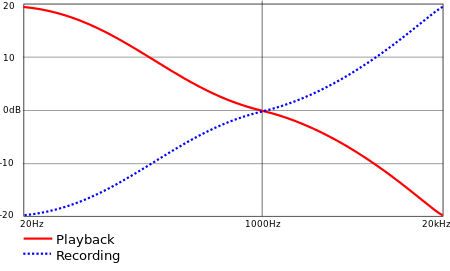
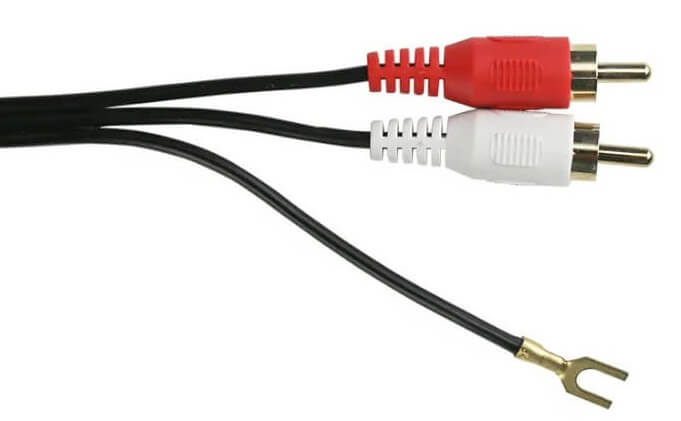
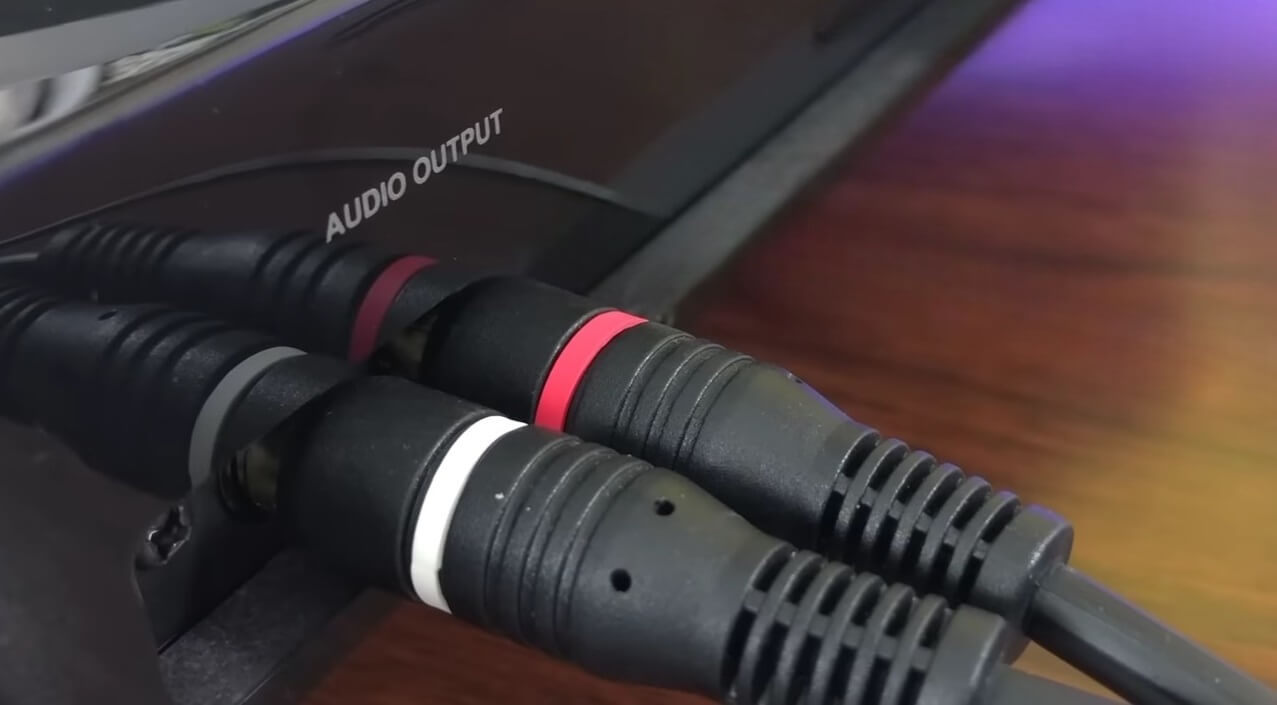
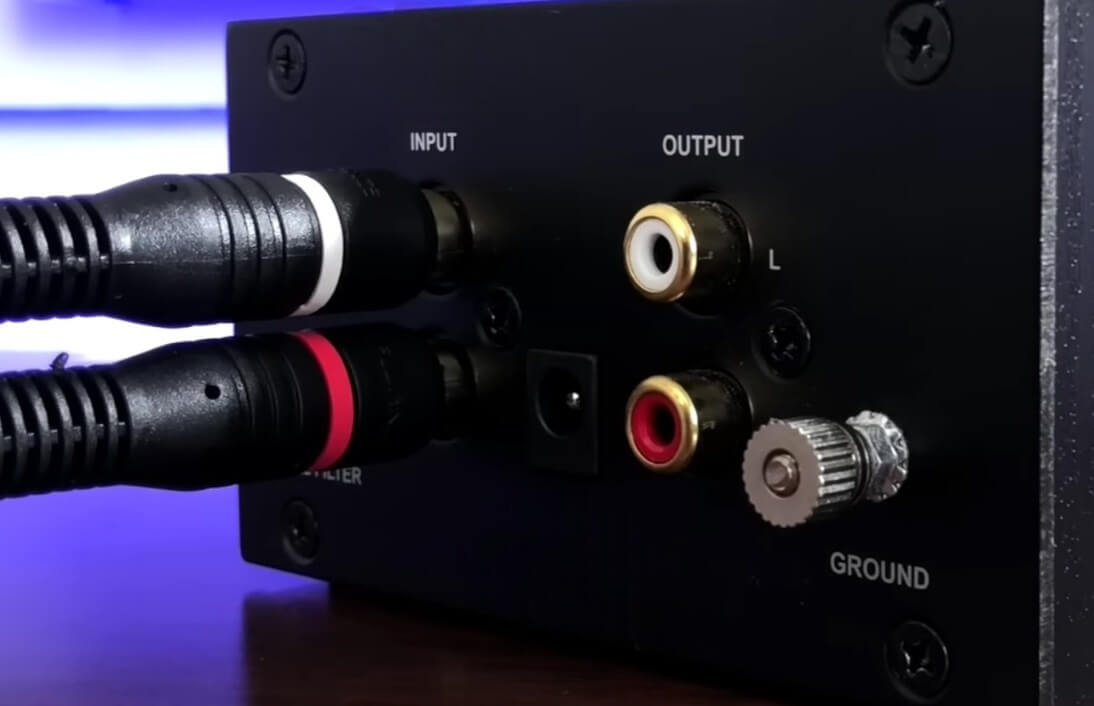
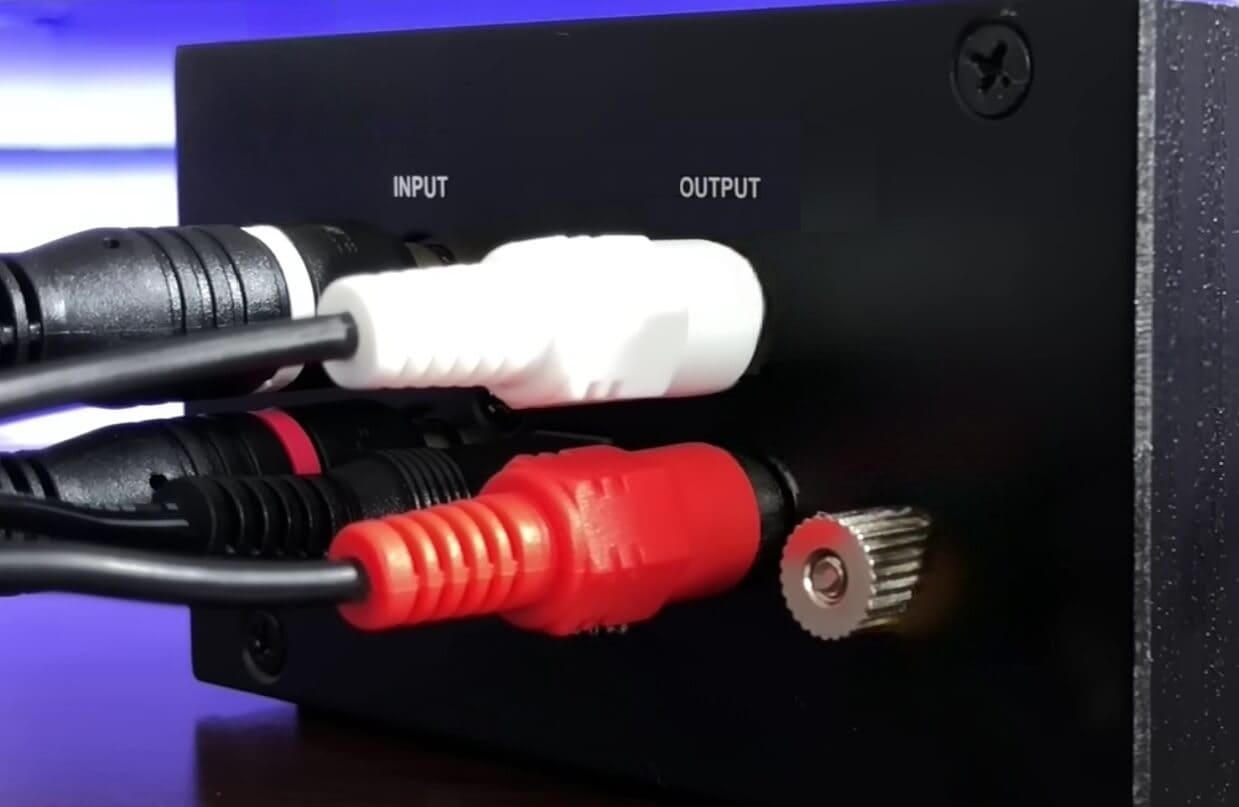
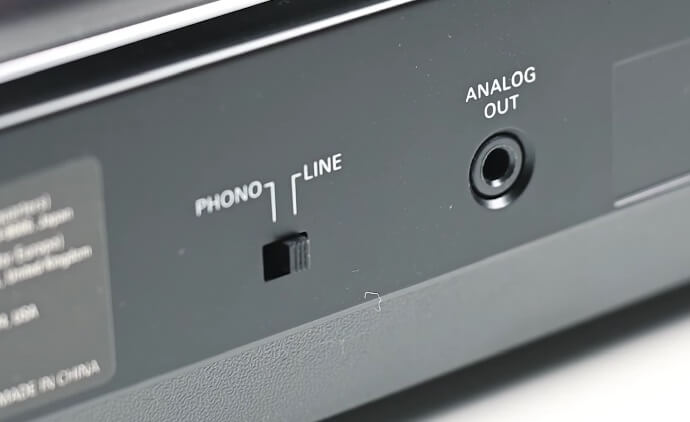
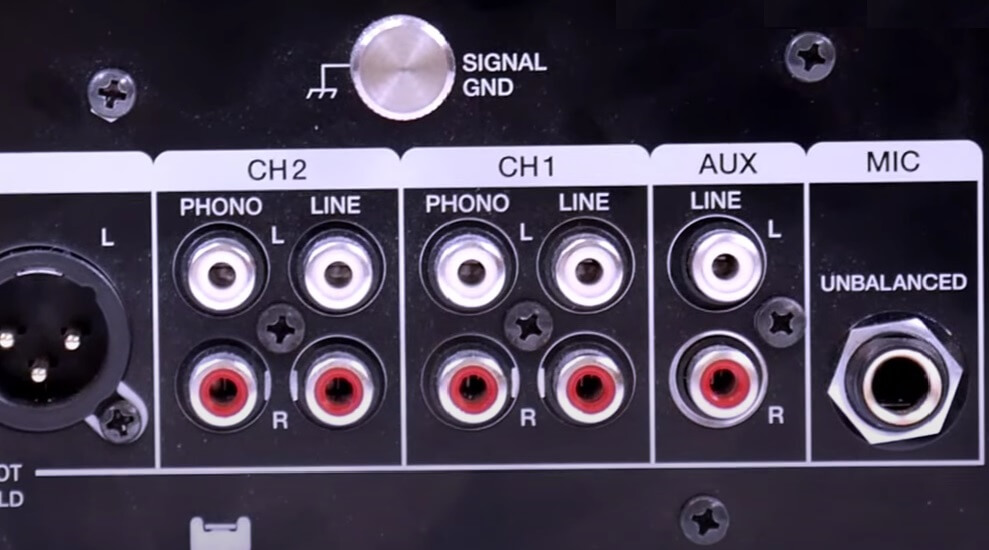



I have heard people saying vinyl records don’t have a flat frequency curve many times, but I couldn’t figure out why. Finally, I got the answer. You have explained the RIAA equalization curve concept beautifully.
Glad to help you!!